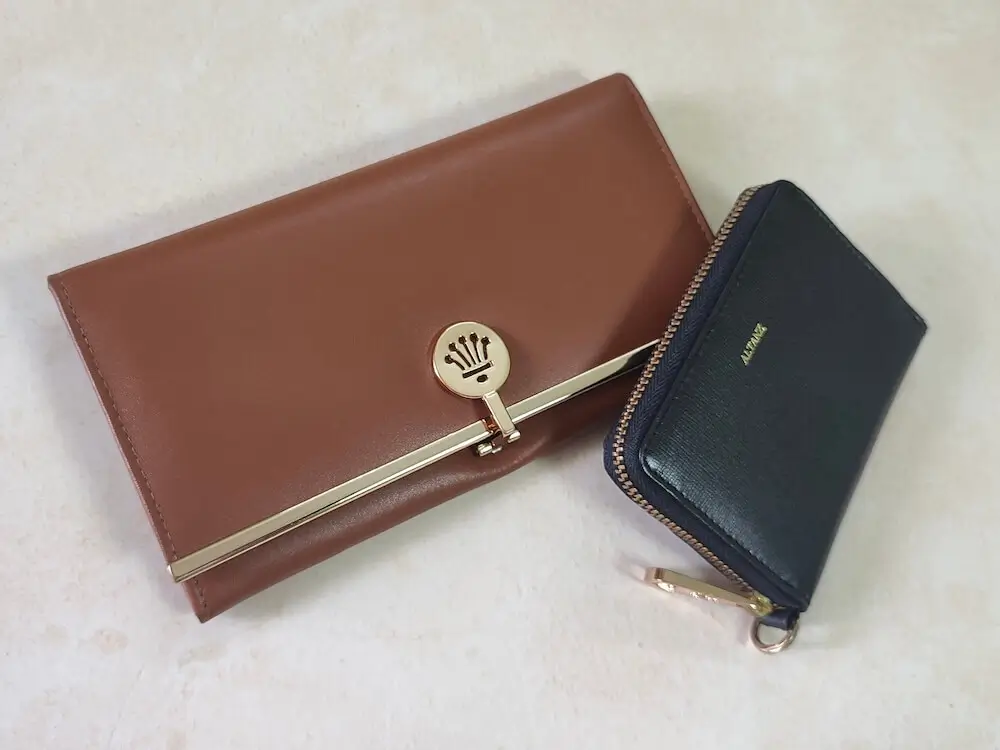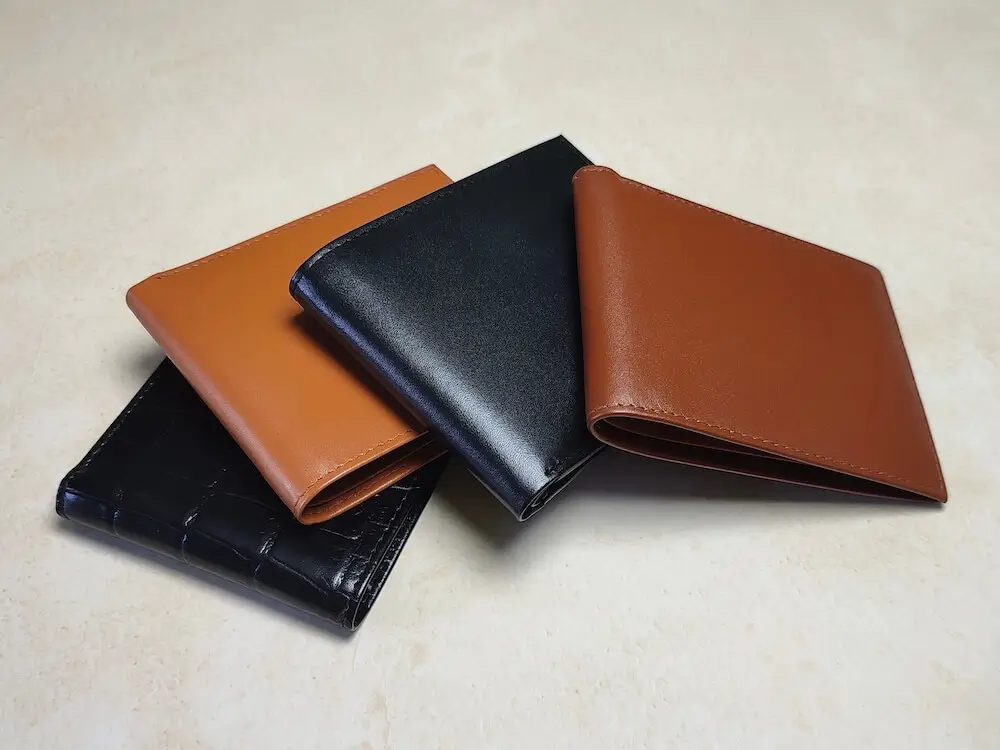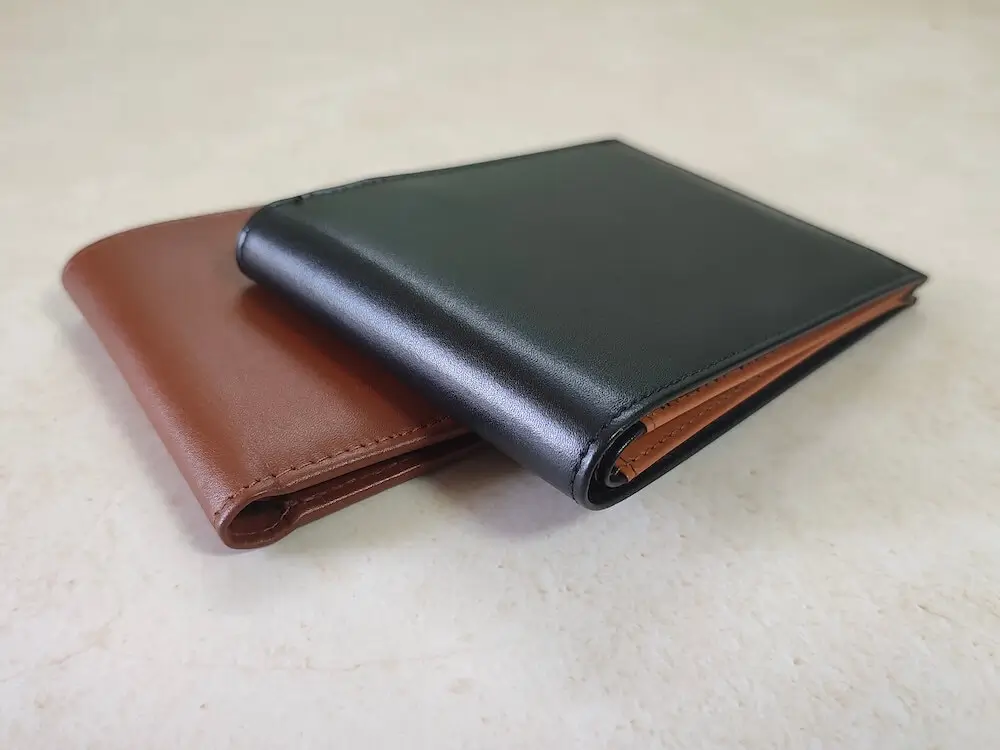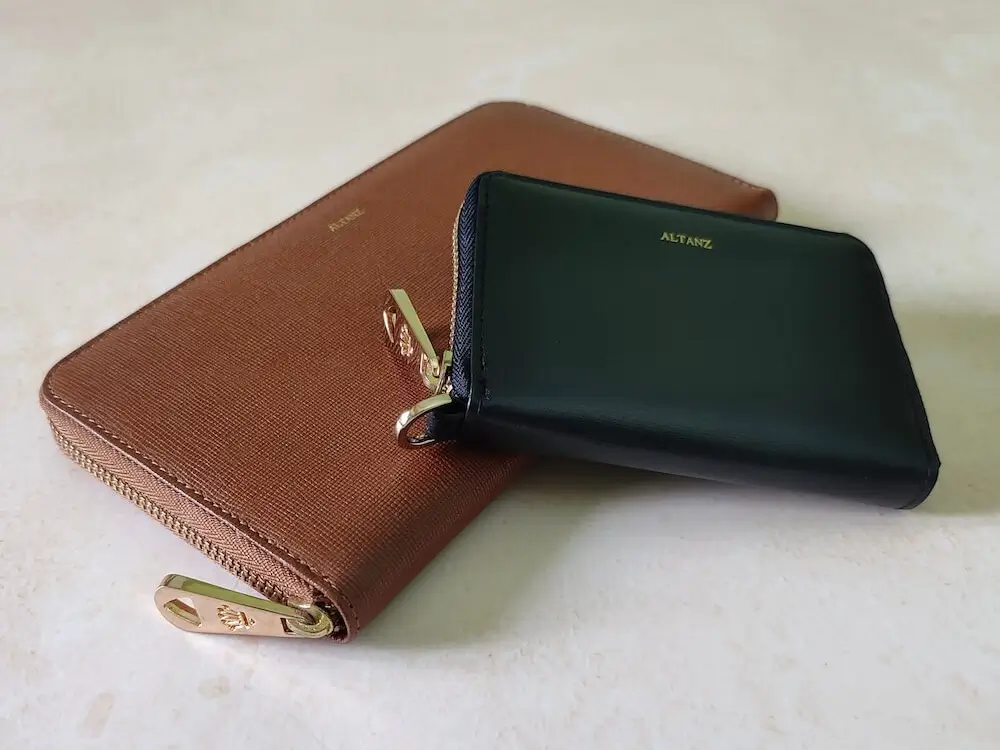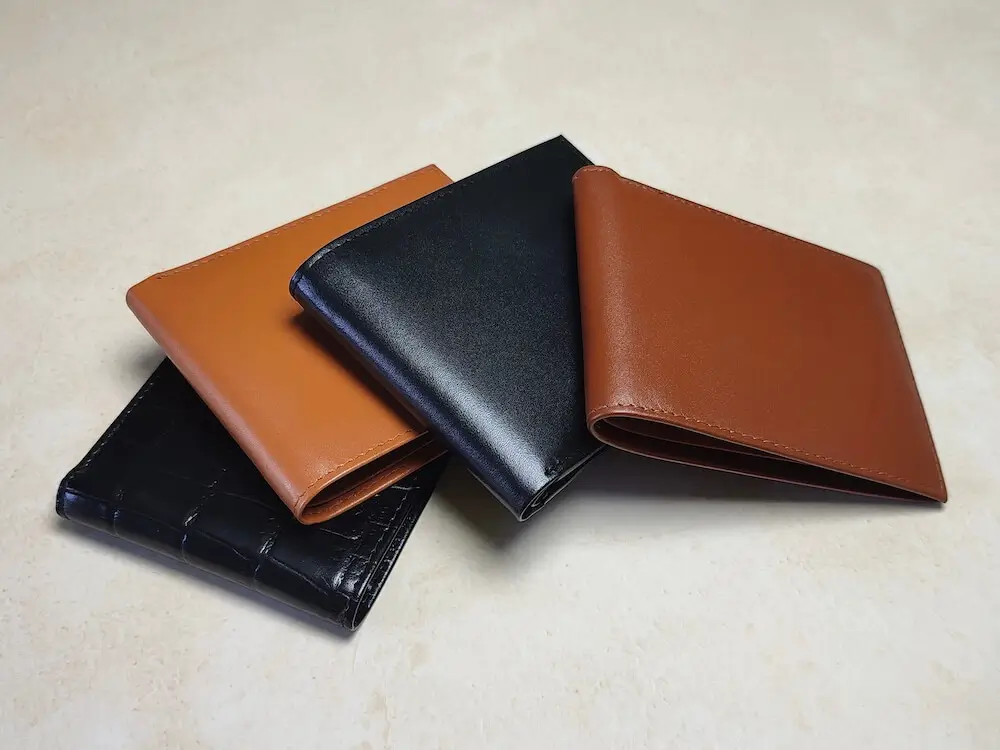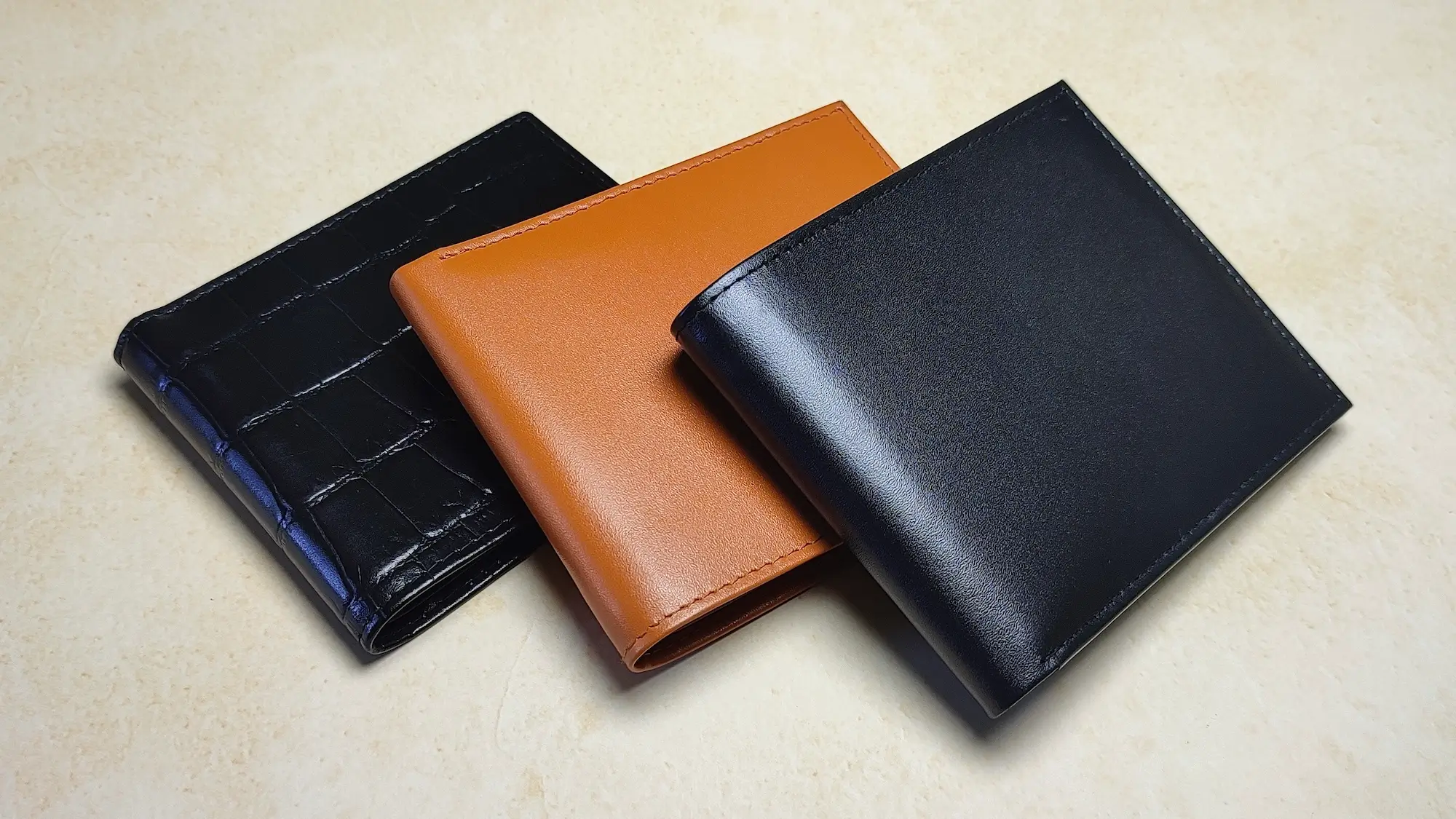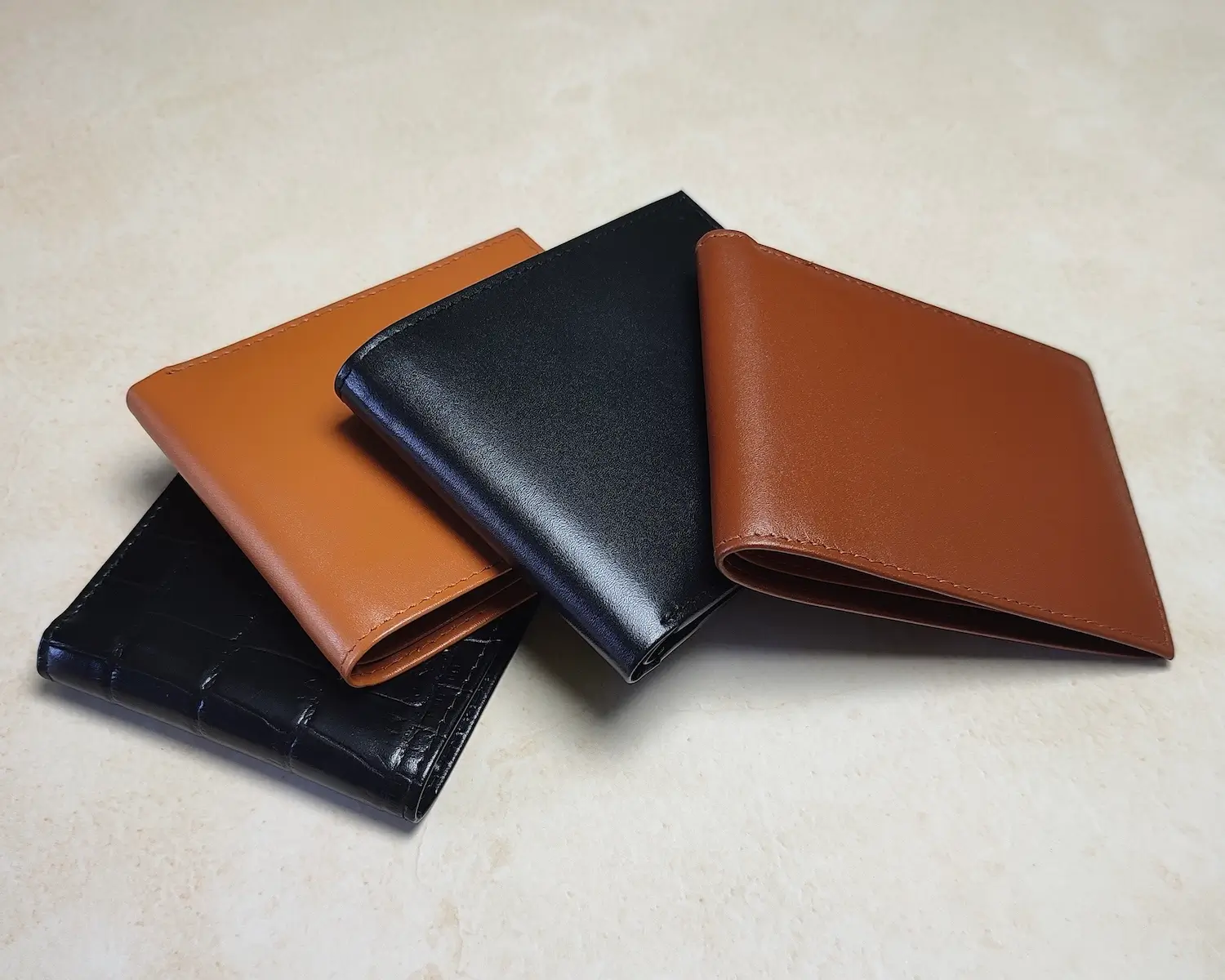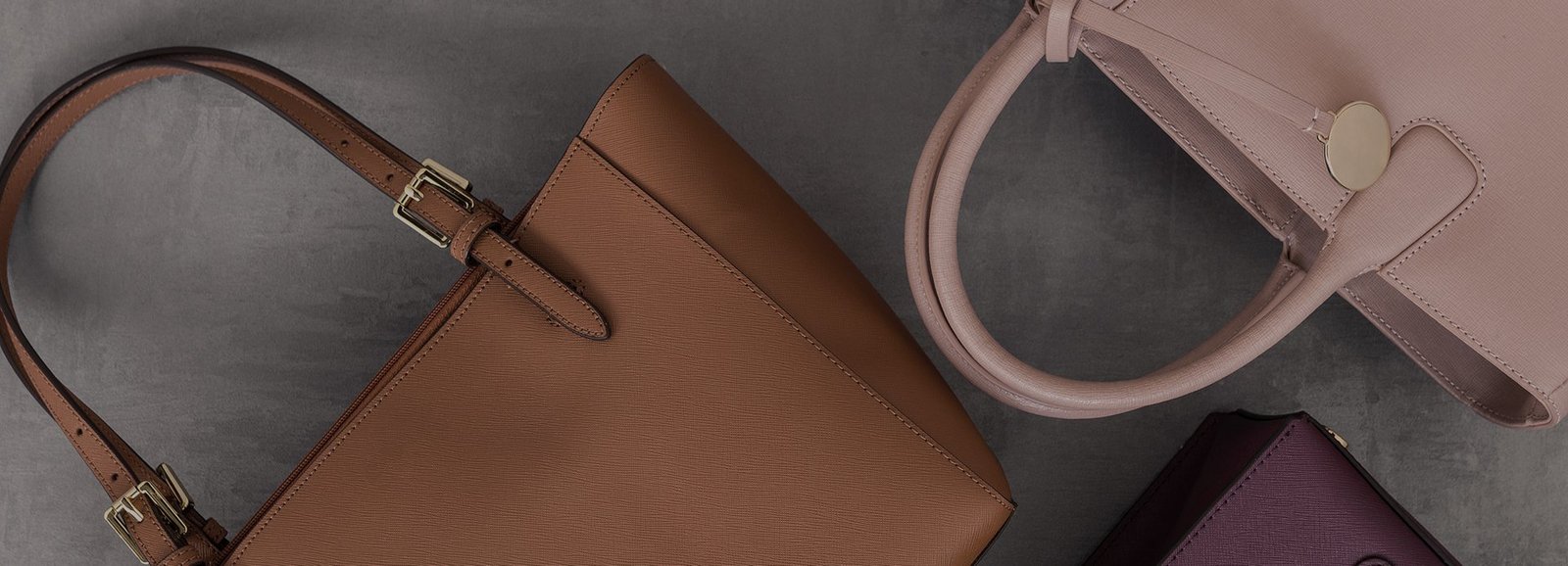Leather Care & Maintenance
The Ultimate Guide to Caring for Your Luxury Leather Goods: Expert Tips
Introduction
Luxury leather goods are more than just accessories—they’re timeless investments that reflect style, quality, and craftsmanship. However, maintaining their elegance requires regular care and attention. Without proper maintenance, even the finest leather can lose its luster, develop cracks, or fade over time.
In this guide, we’ll provide expert tips to help you care for your leather items, ensuring they remain beautiful and functional for years.
Understanding the Nature of Luxury Leather
Luxury leather goods are made from the highest-quality materials, requiring a tailored approach to care.
What Makes Luxury Leather Unique?
Luxury leather is defined by its premium characteristics:
- Full-Grain Leather: The top layer of the hide, unaltered and rich in natural grain.
- Top-Grain Leather: Sanded for a refined finish, offering a sleek and polished look.
- Exotic Leathers: Rare hides like alligator, ostrich, or snakeskin, prized for their unique textures.
Common Issues with Untreated Leather
Neglecting leather care can lead to:
- Fading: Prolonged sun exposure can lighten leather’s color.
- Cracking: Lack of moisture causes the leather to dry and split.
- Loss of Texture: Dirt and grime can build up, dulling the surface.
The Value of Preventive Care
Preventive care is essential to preserving your leather’s longevity:
- Durability: Regular maintenance protects leather from premature wear.
- Appearance: Preventive care enhances the leather’s natural beauty, helping it age gracefully.
Essential Care Practices for Luxury Leather Goods
Proper care involves cleaning, conditioning, and polishing your leather goods regularly.
Cleaning Leather Properly
Clean leather to remove everyday dirt and prevent buildup:
- Use a Soft Cloth: Wipe down leather with a dry or slightly damp cloth to remove surface dust.
- Leather-Safe Cleaner: Apply a small amount of leather cleaner to a soft cloth and gently clean any stains or grime.
- Avoid Excess Water: Leather is sensitive to moisture; never soak it during cleaning.
Conditioning for Longevity
Conditioning keeps leather supple and prevents cracking:
- Why It’s Important: Leather loses moisture over time, especially in dry environments.
- How Often to Condition: Every 2–3 months or when the leather feels dry.
- Application Tips: Use a high-quality leather conditioner and apply it sparingly with a soft cloth.
Polishing for a Luxurious Finish
Polishing restores leather’s shine and vibrancy:
- Use a Neutral Polish: Opt for a colorless polish to maintain the leather’s original tone.
- Buff Gently: Use a microfiber cloth to buff the leather, enhancing its sheen.
- Avoid Over-Polishing: Excessive polishing can clog the leather’s pores and reduce its breathability.
Protecting Leather from Environmental Damage
Leather is vulnerable to environmental factors that can affect its quality and appearance.
Shielding Against Sunlight and Heat
Excessive exposure to sunlight and heat can damage leather:
- UV Rays: Prolonged exposure fades colors and dries out leather.
- Heat Sources: Avoid placing leather items near radiators or heat vents.
- Protective Measures: Use UV-protectant sprays or store leather in shaded areas.
Preventing Water Damage
Water can stain or warp leather if not addressed promptly:
- Waterproofing Sprays: Apply a leather-safe waterproofing spray to create a barrier.
- Drying Tips: If leather gets wet, blot gently with a dry cloth and let it air-dry naturally—never use a hairdryer.
Avoiding Abrasion and Scratches
Luxury leather is sensitive to scratches and scuffs:
- Handle with Care: Avoid rough surfaces and sharp objects.
- Storage Solutions: Keep leather goods in dust bags or lined compartments to prevent abrasion.
Storing Your Luxury Leather Items
Proper storage is crucial for maintaining the structure and longevity of your leather goods.
Proper Storage Techniques
Avoid common mistakes that can damage leather during storage:
- Dust Bags: Store handbags, shoes, and accessories in breathable dust bags to protect against dust and dirt.
- Avoid Plastic Bags: Plastic traps moisture, which can lead to mildew and discoloration.
- Ventilated Spaces: Choose cool, dry areas with good airflow to prevent mold.
Maintaining Shape and Structure
Luxury leather goods, especially bags and shoes, require support to retain their shape:
- Use Inserts or Stuffing: Fill bags with tissue paper, fabric, or foam inserts to prevent sagging.
- Shoe Trees: Place wooden shoe trees inside leather shoes to maintain their form and prevent creasing.
- Avoid Overpacking: Do not overstuff leather items, as this can cause stretching and distortion.
Rotating Usage
Regularly switching between items can prolong their lifespan:
- Resting Periods: Allow leather goods time to “breathe” between uses.
- Reduced Wear: Frequent rotation reduces strain on a single item, minimizing long-term damage.
Special Care for Different Types of Luxury Leather
Different types of leather require tailored care to maintain their unique properties.
Caring for Full-Grain Leather
Full-grain leather develops a patina that enhances its appearance over time:
- Minimal Cleaning: Wipe gently to avoid disrupting the natural grain.
- Patina-Friendly Care: Use conditioners sparingly to preserve the aging process.
Maintaining Exotic Leathers
Exotic leathers like alligator, ostrich, and snakeskin require specialized attention:
- Avoid Over-Conditioning: Too much moisture can weaken the natural texture.
- Specialized Products: Use cleaners and conditioners designed specifically for exotic leathers.
- Protective Storage: Keep exotic leathers in climate-controlled environments to prevent cracking.
Treating Suede and Nubuck
These delicate leathers need extra care to maintain their soft texture:
- Brush Regularly: Use a suede brush to remove dirt and restore the nap.
- Protective Sprays: Apply a water- and stain-repellent spray designed for suede.
- Spot Cleaning: Address stains with a suede eraser or specialized cleaner.
Mistakes to Avoid When Caring for Leather
Certain mistakes can compromise the quality and appearance of luxury leather goods.
Over-Cleaning and Over-Conditioning
Too much maintenance can damage leather:
- Excess Cleaning: Frequent cleaning strips natural oils, leaving leather dry.
- Overuse of Conditioners: Saturating leather can lead to a sticky surface and reduced breathability.
Using Harsh Chemicals
Avoid common cleaning agents that can harm leather:
- Alcohol-Based Cleaners: These dry out leather and cause discoloration.
- Ammonia or Bleach: These harsh chemicals can strip finishes and weaken fibers.
- DIY Remedies: Homemade solutions like vinegar or baking soda can cause more harm than good.
Ignoring Routine Maintenance
Skipping regular care leads to long-term damage:
- Drying Out: Neglecting conditioning causes cracking and stiffness.
- Dirt Accumulation: Failing to clean leather allows grime to embed, dulling its surface.
FAQs About Caring for Luxury Leather Goods
-
How often should I clean and condition leather?
Clean leather every 1–2 months and condition it every 2–3 months, depending on usage and exposure to environmental factors. -
What’s the best way to handle scratches on luxury leather?
For minor scratches, buff gently with a soft cloth. For deeper scratches, consider a professional leather repair service. -
Are there eco-friendly leather care products available?
Yes, many brands offer biodegradable and natural leather care products free of harsh chemicals. -
How can I store leather items long-term?
Use breathable dust bags, store in a cool and dry area, and avoid stacking or overpacking to maintain the shape and integrity of the leather. -
What should I do if my leather gets wet?
Blot gently with a dry cloth, allow it to air-dry naturally, and apply conditioner to restore moisture balance once dry.
Conclusion
Caring for luxury leather goods is an art that combines knowledge, routine, and attention to detail. By understanding the unique properties of leather and following expert tips, you can protect your investment and enjoy its timeless beauty for years to come. From cleaning and conditioning to proper storage and handling, every step ensures your leather retains its elegance and functionality.
With a little effort and care, your leather items will not only stand the test of time but also develop character and charm, making them cherished possessions for life.
FAQ : Frequently Asked Questions
The Ultimate Guide to Caring for Your Luxury Leather Goods: Expert Tips
Answer:
Clean leather every 1–2 months and condition it every 2–3 months, depending on usage and exposure to environmental factors.
Answer:
For minor scratches, buff gently with a soft cloth. For deeper scratches, consider a professional leather repair service.
Answer:
Yes, many brands offer biodegradable and natural leather care products free of harsh chemicals.
Answer:
Use breathable dust bags, store in a cool and dry area, and avoid stacking or overpacking to maintain the shape and integrity of the leather.
Answer:
Blot gently with a dry cloth, allow it to air-dry naturally, and apply conditioner to restore moisture balance once dry.



